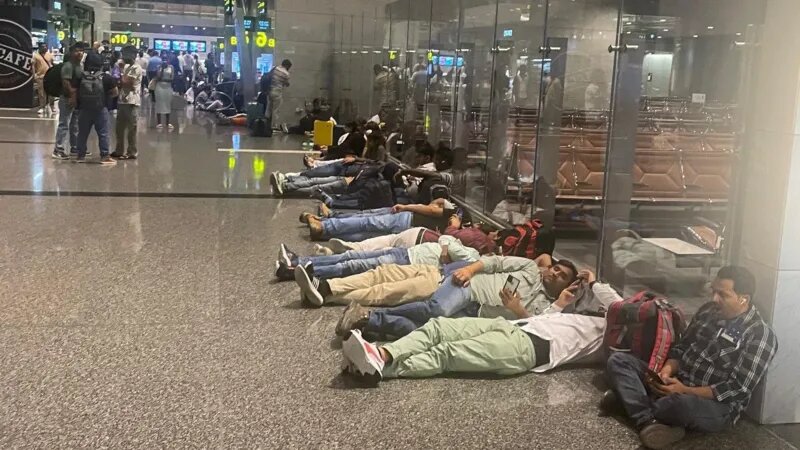Tourism in West Asia reels from fallout of 12-Day Iran-Israel War

TEHRAN - The recent 12-day military confrontation between Iran and Israel has sent shockwaves through the tourism industry of West Asia, disrupting flight routes, stranding tens of thousands of travelers, and casting uncertainty over one of the world’s most dynamic travel regions.
According to economic and travel analysts, the escalation, which led to widespread airspace closures and flight suspensions, struck a severe blow to a tourism sector that had been experiencing a significant rebound after the COVID-19 pandemic and global travel disruptions, ecoiran.com reported on Wednesday.
Airlines suspended operations across the region after several Middle Eastern countries shut down their airspace due to security concerns. These measures severely hindered the movement of travelers and complicated international travel logistics. Thousands of passengers faced extended delays, longer rerouted journeys, and an overall atmosphere of confusion and insecurity.
By June 19, an estimated 31,000 international tourists were stranded in Israel alone, unable to return home due Many had traveled for holidays or business but were left with limited or unclear options for departure.
In Iran, a similar scenario unfolded. Tourists who had planned cultural and heritage visits found themselves unable to exit the country as its airspace was also closed in response to the conflict. The uncertainty further dampened confidence in regional travel, particularly among Western and Asian travelers.
The United Arab Emirates, especially Dubai, was on track for a record-breaking year in tourism, buoyed by major international events like sports tournaments and cultural festivals. However, the sudden regional instability has led to a wave of cancellations and postponements. Many travelers opted to delay or cancel planned visits to destinations in Persian Gulf countries such as Qatar and the UAE.
Saudi Arabia, a key player in the region’s tourism diversification efforts under its Vision 2030 plan, has also been impacted. Moreover, the war raised traveler concerns, stalling momentum in the Kingdom’s rapidly expanding tourism sector.
Qatar, which had surpassed 5 million visitors in 2024 -- a 25% year-on-year increase -- is now facing a slowdown. Uncertainty about security and accessibility has led many potential tourists to reconsider or delay trips.
Iran’s tourism sector, which had reported a 26% increase in international arrivals during the first seven months of 2024 compared to pre-pandemic levels, also faced a sharp decline amid safety concerns and logistical challenges.
Despite the current turbulence, tourism authorities across the region are working on crisis management strategies to minimize damage and reassure international visitors.
AM
Leave a Comment